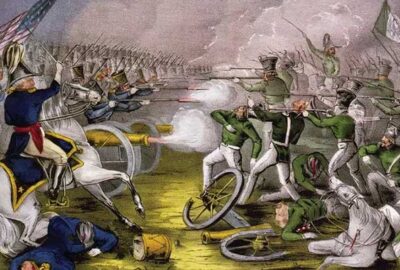The Maginot Line was a complex network of fortifications and defensive structures built by France between the World War I and II. It was a massive undertaking and involved a wide range of components, each of which played a vital role in its overall function.
The key components of the Maginot Line included concrete bunkers, machine gun turrets, artillery emplacements, tank traps, barbed wire entanglements, and anti-tank obstacles. These were all strategically placed to provide an impenetrable barrier to any invading force.
The bunkers and machine gun turrets were designed to be virtually impregnable, with thick walls and narrow slits for the weapons to fire through. They were also equipped with ventilation systems, ammunition stores, and other amenities to ensure that the defenders could hold out for extended periods.
Artillery emplacements were placed at strategic points along the line, allowing French artillery to fire on any advancing enemy troops. These were often placed in concrete casemates, which were heavily fortified and had retractable armored doors to protect the guns.
Tank traps and anti-tank obstacles were also a key component of the Maginot Line. These were designed to stop any armored vehicles that managed to get past the other defenses. The tank traps consisted of concrete obstacles, while the anti-tank obstacles were made up of iron rails and concrete blocks.
Finally, the barbed wire entanglements were designed to slow down and entangle enemy troops, making them easy targets for French artillery and machine guns.
Overall, the Maginot Line was a formidable defensive structure that was designed to withstand any attack. While it ultimately failed to stop the German invasion in 1940, it remains a fascinating example of military engineering and a testament to the ingenuity of its creators.



